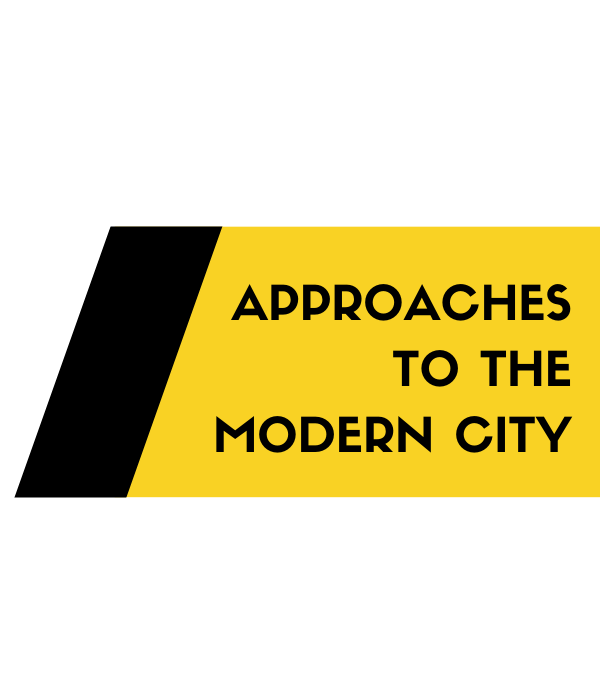Matthew Davis
When I think of China, I think of its exceptional scale. It has the largest population in the world, the towering peaks of the Himalayan Mountains, the vast Taklamakan Desert, the Great Wall of China, and some of the world’s largest megalopolises. I was drawn to study Shanghai because it embodies this Chinese grandeur. With a metro population of over twenty-seven million people, it’s the most populous city in China. Located at the mouth of the Yangtze River, Shanghai is the busiest container port in the world, serving as the country’s economic and commercial capital. The speed of Shanghai’s development is also incredible, becoming one of the world’s most cosmopolitan and dynamic cities in a matter of decades.
For centuries, the city remained a tiny fishing community on an estuary of the Yangtze. When the First Opium War in 1842 forced Imperial China to open Shanghai to the world as a treaty port, Shanghai began to serve as one of the major hubs of activity between the West and Asia. The British, French, and Americans established international settlements in the city, imbuing it with Western architecture, culture, and people. During World War II, the Japanese invaded, occupying the city until the empire’s surrender. The next several decades were marked by inconsistent industrialization promoted by the Chinese Communist Party, and the city’s advancement slowed as political reform stunted the Chinese economy. By 1980, the population of Shanghai was barely five million, according to Statista (Textor 2020). It was not until Deng Xiaoping’s economic reforms in the 1980s that Shanghai began to rapidly expand, building glittering skyscrapers and growing into its exceptionalism.
But often when confronted with grand scale, one can only focus on the shiniest, most obvious details, such as those facts that punctuate Shanghai’s history. Knowing this, I attempted to structure my research around learning details about the city that I had not known before. My research topics reflect small pieces of the city that are nevertheless crucial to forming Shanghai’s unique identity. In my first report, I looked at Shanghai’s history with water and waste. The growth of the city, especially the divide between the Chinese city and the International Settlement, is reflected in the sewer system, and the problems associated with rapid growth are noticeable when the city has to grapple with water sourcing and waste pollution. One can even track a rejection of modernity from some citizens’ refusal to adopt the water closet. In my second report, I chose to focus on Shanghai’s urban branding through the city’s planning of the 2010 World Expo. The Expo was the largest of its kind, and the national government used this international event to brand Shanghai as a modern melting pot, but the reception of the event did not realize this perception. In my third report, I explored the history of Jewish people in Shanghai through oral history accounts. Since the 1800s, prominent Jewish families have shaped the trajectory of the city, and during the Holocaust, the city served as refuge for thousands of European Jews, with the memories of this time documented through oral histories. Through this research, I hope to illustrate a city that knows it reflects the future of urban centers, but I consider ways in which the city is not as perfect or exceptional as it may seem. Ultimately, Shanghai, as with any city, is exceptional because of its citizens, and Shanghai will continue to change because of them as it grows.
Textor, C. “Population of Shanghai, China 1980-2035,” Statista, August 28, 2020,
https://www.statista.com/statistics/466938/china-population-of-shanghai/.

